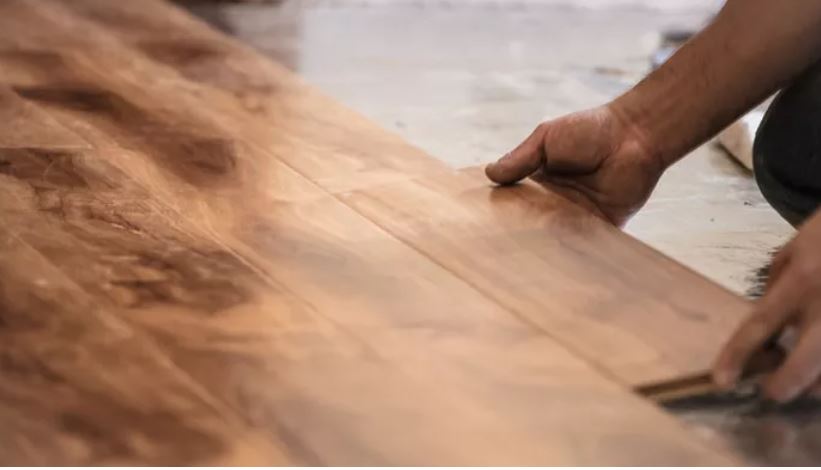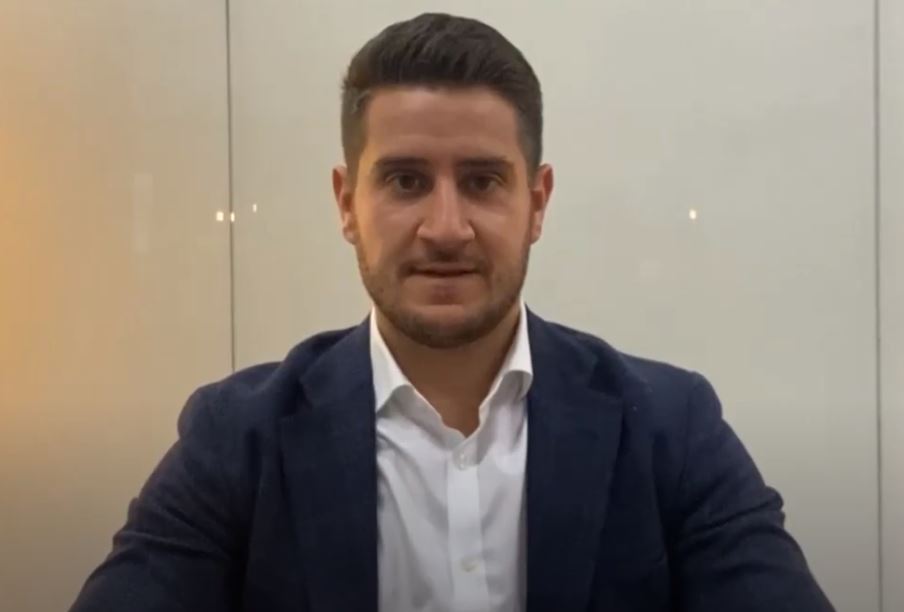Written by Bradley Beer on July 29, 2020 in the MoneyMag. Some common property investor tax mistakes.
Investment property owners make three costly mistakes when it comes to maximising their tax refund.
Property investors can claim sizable tax deductions for the natural wear and tear that occurs to a building and its fixtures and fittings over time.
These deductions are known as property depreciation.
Specialist quantity surveyors can estimate construction costs for depreciation purposes, yet many people fail to engage one and miss out on claiming valuable dollars back at tax time.
Here are three most common depreciation errors.
1. Getting the depreciation category wrong
There are two types of depreciation deductions: capital works (Division 43) and plant and equipment (Division 40).
It’s often not immediately clear which category an item belongs to, and in some cases an asset can be split between both.
Capital works are claimed for the wear and tear of a building’s structure and the items permanently fixed to the property, such as doors and windows.
Capital works are typically depreciated at an annual rate of 2.5% over 40 years.
Plant and equipment items can be easily removed, and include things like blinds, hot water systems and furniture.
The condition, quality and effective life will determine the allowances available for a plant and equipment asset.
Many investors mistake floating timber flooring as permanently fixed to the building and therefore a capital works deduction when it’s actually removable, making it a plant and equipment deduction.
This could mean the difference between $250 and over $1300 in first year deductions.
A ducted air conditioning system is another example, where the unit itself is considered plant and equipment while the ducting for the same unit falls under capital works.
Claiming an entire ducted air conditioning unit under Division 43 would result in substantially higher but incorrect first year deductions, which would come under ATO scrutiny.
2. Assuming depreciation on older properties can’t be claimed
Research shows that new properties hold the highest depreciation deductions, but many people mistakenly think that depreciation can’t be claimed on older properties.
Legislation introduced in late 2017 means that depreciation of second-hand plant and equipment assets can no longer be claimed.
Yet capital works deductions remain unaffected and make up the bulk of a depreciation claim on an investment property, regardless of whether it is new or second hand.
Second-hand property owners can still claim depreciation on all qualifying capital works deductions that, on average, make up 85-90% of the total claim.
They can also claim all new plant and equipment assets they purchase for the property.
During the 2019-2020 financial year, we found an average depreciation claim of more than $8300 for our clients’ properties.

3. Overlooking deductions
Many depreciation deductions are easily missed by the untrained eye, especially on assets that have been installed by others.
Substantial renovations where all, or substantially all, of a building is removed or replaced can hold significant deductions – even when completed by a previous owner.
Some examples of substantial renovations include replacing foundations of the building, walls, floors, the roof or staircases.
These renovations can hold tens of thousands of dollars in deductions for the new owner.
When an investor purchases a second-hand property immediately after a substantial renovation, the 2017 legislation changes don’t apply.
This means the new owner can claim depreciation on all new plant and equipment assets and the capital works.
Property investors should look to contact a specialist quantity surveyor for advice on what deductions are available.
Contact
Get In Touch
We are available to chat just give us a call on 0434 955 417 or 0411 472 213
If you prefer to send an email question/query through the best address is info@peakwm.com.au or simply fill out your name, email address and a short message including your phone number will get back to quickly.

Unlocking Financial Confidence for High-Income Earners in 2025
For high-income earners in Australia, financial success doesn’t always equate to financial peace of mind. As professionals and business owners navigate their wealth-building journey, they often encounter complex challenges that require expert guidance. At Peak Wealth...

What To Expect From The Initial Meeting With A Good Financial Adviser
What to expect from the initial meeting with a good financial adviser? In our last video we helped you to understand what to look for in a good financial adviser. Now once you have found that adviser you’d like to catch up with, I really want you to have an...


